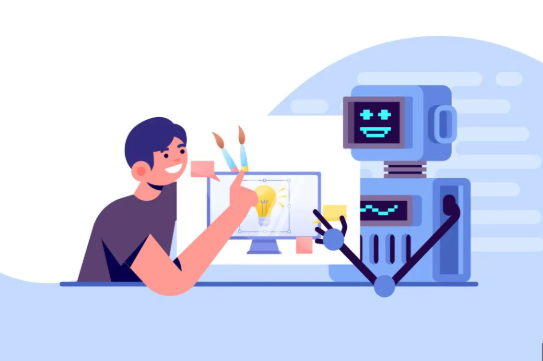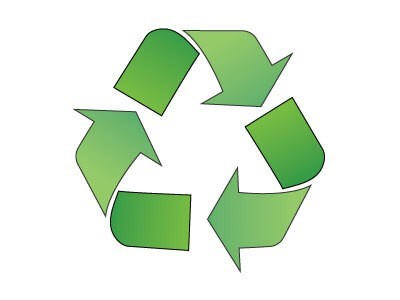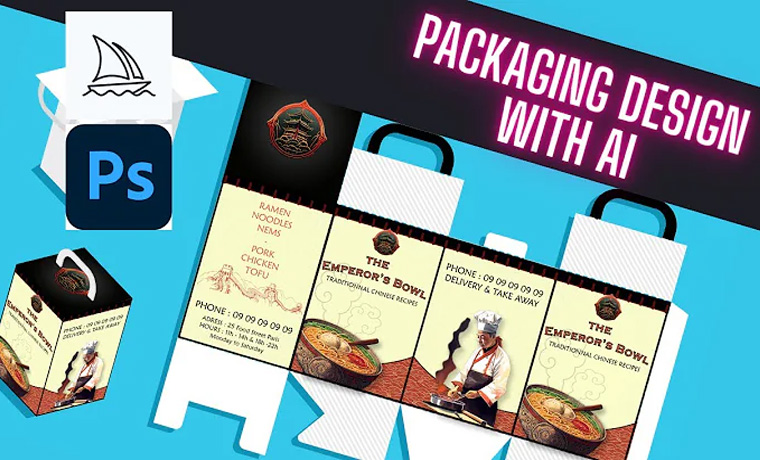
AI & Designers: The Ultimate Creative Duo or a Battle for Relevance?
Let’s be real—AI is everywhere. It’s generating art, writing content, designing logos, and even coming up with packaging layouts in seconds. For designers, this raises a big question: What now?
Should we be worried that AI will replace human creativity? Or is this the ultimate collaboration that will take design to the next level? The answer isn’t black and white, but one thing is clear—designers who learn to work with AI will thrive, while those who resist might struggle to keep up.
So, what’s actually happening, and how can designers stay ahead? Let’s dive in.
AI is Not Here to Replace You—It’s Here to Assist You
We’ve all seen AI tools like MidJourney, DALL·E, and Adobe Firefly generate stunning visuals in seconds. It’s impressive, even mind-blowing at times. But let’s get one thing straight—AI isn’t creative; it’s predictive.
AI doesn’t have original ideas. It doesn’t have emotions, personal experiences, or the ability to tell a compelling brand story. What it does have is an insane ability to analyze massive amounts of data and generate options based on patterns.
For designers, that means AI is a powerful assistant, not a replacement. Here’s how it’s already changing the game:
1. AI Can Speed Up Your Workflow
Designers no longer need to spend hours on tedious tasks like resizing images, removing backgrounds, or creating multiple versions of the same layout. AI can handle that in seconds, giving you more time for the fun, creative stuff.
2. More Options, More Inspiration
Ever hit a creative block? AI can generate dozens of variations in a blink, helping you find inspiration faster. It’s like having a brainstorming partner that never gets tired.
3. Data-Driven Design for Better Results
AI can analyze user behavior, color psychology, and trends to predict what kind of designs people are likely to engage with. This means your work can be not just beautiful but also strategic.
But Here’s What AI Can’t Do (and Never Will)
Before you start thinking, “Well, I guess AI can do my job now,” let’s talk about what it can’t do—the things that make human designers irreplaceable.
Emotional Connection – AI can create a visually stunning ad, but it doesn’t feel anything. It can’t tell a story that moves people or designs that truly resonate with a brand’s personality.
Original Thinking – AI pulls from existing data, but humans create new ideas. The most iconic designs aren’t based on patterns—they break them.
Brand Storytelling & Strategy – Design isn’t just about making things look good. It’s about why something looks the way it does. AI can’t understand the deeper layers of branding and marketing the way a human can.
So, What Should Designers Do?
If AI is changing design, the smartest thing you can do is adapt and evolve. Here’s how to stay ahead:
1. Master AI Tools
AI is not your enemy; it’s your new best friend. Get comfortable with AI-powered design tools like Adobe Sensei, Runway ML, and Figma AI. The more you know, the more you can use AI to your advantage.
2. Focus on Creativity, Not Just Execution
AI can generate options, but it can’t create meaningful designs with a real emotional impact. Your job is to take what AI gives you and turn it into something strategic, personal, and powerful.
3. Develop Your Unique Style
AI can mimic trends, but it can’t replicate an individual’s unique touch. The more distinctive your style and artistic voice are, the more valuable you become.
4. Stay Curious & Keep Learning
The design industry is evolving fast. Stay updated on AI trends, explore new tools, and be open to experimenting. The designers who thrive will be the ones who embrace change, not fear it.
The Future: Designers & AI, Not Designers vs. AI
The truth is, AI isn’t taking over design—it’s redefining it. The role of a designer is shifting from someone who simply “makes things look good” to someone who thinks strategically, tells compelling stories, and leverages AI to enhance their work.
The ones who will thrive in this new era are those who see AI as a creative partner, not a competitor.
So, instead of asking, “Will AI replace designers?”, the better question is: “How can I use AI to become an even better designer?”
Because the future of design isn’t just about AI. It’s about AI + YOU.





